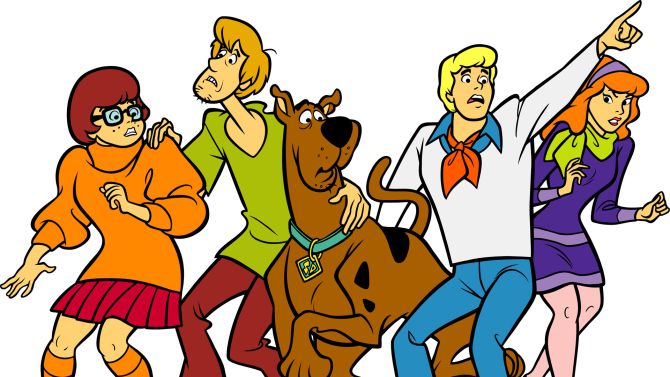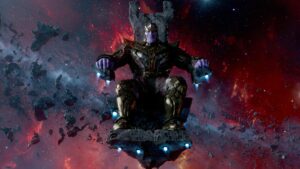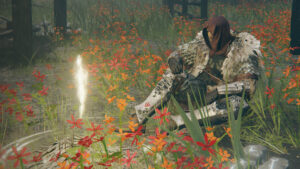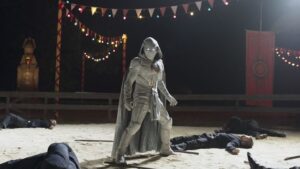On Wednesday, Warner Bros. TV Group laid off 82 staffers across scripted, unscripted, and animation divisions, a Warner Bros. representative confirmed to Polygon. The company will leave 43 of the currently unfilled positions empty. While the three brand labels Warner Bros. Animation (WBA), Cartoon Network Studios (CNS), and Hanna-Barbera Studios Europe will remain distinct, WBA and CNS development and production teams will be brought under one division.
According to Deadline, Warner Bros. has also stepped back on its initial decision to shutter the Warner Bros. Television Workshop, which was designed to foster new talent and provide a pipeline that many in the animation industry have cited as invaluable in helping marginalized creators break into a highly competitive field. The workshop will be moved to Discovery’s Diversity, Equity, and Inclusion unit.
These changes at Cartoon Network Studios come at a time when some of its cartoons have already become harder to track down and watch. The cuts also arrive on the heels of Discovery’s acquisition of Warner Media from AT&T. HBO Max and Discovery Plus are set to become one streaming service in 2023. After taking over in April, CEO David Zaslav, who previously ran Discovery, pledged to cut $3 billion from the company, and he’s taken an aggressive approach to get there.
Zaslav has made good on the promise, and mainly in the area of genre entertainment. In August, Discovery laid off 14% of HBO Max staff and canceled the Batgirl movie. Later that month, beloved cartoons were yanked from HBO Max, blindsiding the cartoons’ creators. Dozens of Sesame Street episodes were taken off of the streaming platform, and other shows were totally removed — including fan favorite OK K.O.! – Let’s Be Heroes, as well as Infinity Train, which ran for four seasons and is no longer airing on Cartoon Network. (It can luckily still be found on other streaming services.) Other shows like Summer Camp Island and Victor and Valentino still air on Cartoon Network, even if you can’t find them on HBO’s streaming service.
According to Variety, “output will remain the same,” following WNA and CNS consolidating — but the response from animation industry denizens and pundits has not been as optimistic. Cartoon Brew declared the studio “gone,” which inspired pushback from a Cartoon Network staffer. Polygon spoke to a Warner Bros. representative who said that CNS is not disappearing and that it still has many projects in development. The real question is how this joint division will set its priorities, which more or less depends on what viewers actually watch and what the company deems profitable.
Mostly, digging into each respective animation studios’ back catalog heightens the differences between the two over the years — a difference many of us who grew up watching and obsessing over Cartoon Network’s various cartoon blocks could easily identify, even before the consolidation and layoffs. It’s hard to know how these two studios will come together, especially after these layoffs have left so many talented employees jobless.
Warner Bros. Animation (WBA) created some real gems, especially in the 1950s-1960s, including Tom & Jerry, Wile E. Coyote and the Road Runner, The Flintstones, Scooby-Doo, and of course, Looney Tunes. But over the years, WBA has hewed to this familiar formula, more or less rehashing and rehashing its classic IPs and airing them on Cartoon Network. As a kid I tuned in to watch versions of Scooby-Doo, Looney Tunes, and Tom & Jerry. As an adult I can still watch these identical characters — and not just through reruns.
While Warner Bros. Animation’s imprint feels emblematic of the past, Cartoon Network Studios has produced significant and ground-breaking shows over the course of time that have also stood the test of time. Yes, there are reboots, notably of Cartoon Network’s incredibly popular late ‘90s and early 2000s series, like Powerpuff Girls and numerous iterations of Ben 10. But there are also bangers and plenty of paradigm-shifting programming, from shows that cemented the all-girl action team (Powerpuff Girls, of course), to shows that took cues from anime, like Samurai Jack. And that’s not to mention Cartoon Network’s Toonami block, which introduced numerous kids in the U.S. to anime before it captivated a Western audience — and which aired Pokémon for many years.
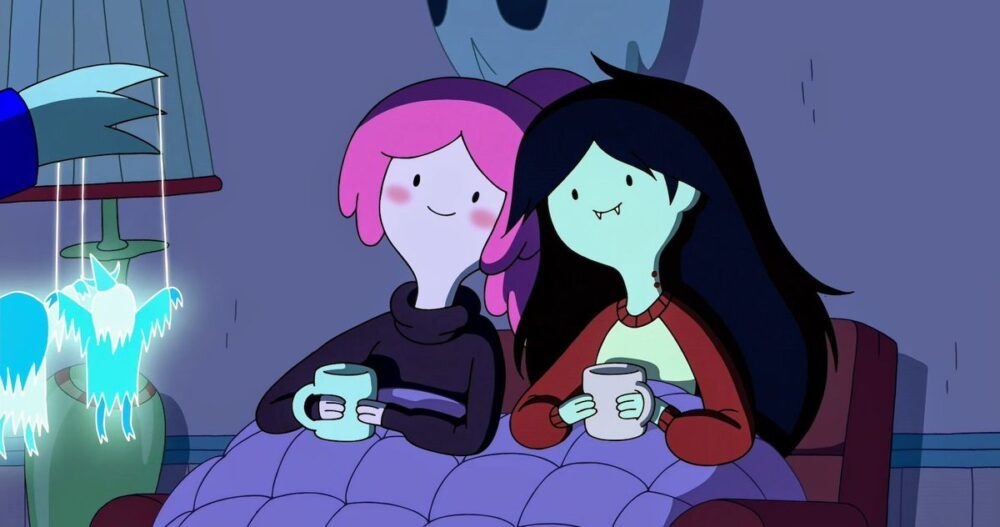
Image: Cartoon Network
CNS was also one of few major animation studios to spotlight queer characters in the 2010s — especially sapphic romances — laying the groundwork for other animated shows. Adventure Time, which debuted in 2010 and ran for 10 seasons, was only recently able to pay off the “Bubbline” romance that sparked between Princess Bubblegum and Marceline; the two flirtatiously met in 2011’s “Go With Me.” Princess Bubblegum later sleeps in Marceline’s shirt, and the show’s 2018 finale seals the deal with a kiss. 2013’s Steven Universe would go on to become one of the most beloved and influential contemporary queer cartoons with a cast of non-binary Crystal Gems, numerous gay characters, and a wonderful wedding episode.
The steady trickle of LGBTQ+ animated television that can now be found across streaming services owes so much to these Cartoon Network Studio titans. Warner Bros.’ own Velma is a lesbian! This would have been unthinkable years ago, even as Hayley Kiyoko (called “Lesbian Jesus” by her fans) portrayed her in the made-for-television films that aired in 2009 and 2010.
Though CNS does still exist after this consolidation, layoffs still have very real consequences. According to The Daily Beast, a large number of the HBO Max executives laid off in August were people of color. Former Warner Bros. employees speculated to The Daily Beast at the time that this was due an ideological shift, with content steered towards a less diverse and more “Middle America” audience. Now we’re seeing changes at an animation studio known for forward-thinking programming. How WBA and CNS will work together is an open question – as well as whether unforgettable, envelope-pushing cartoons will remain a priority at a conglomerate with a philosophy built on reality entertainment.
